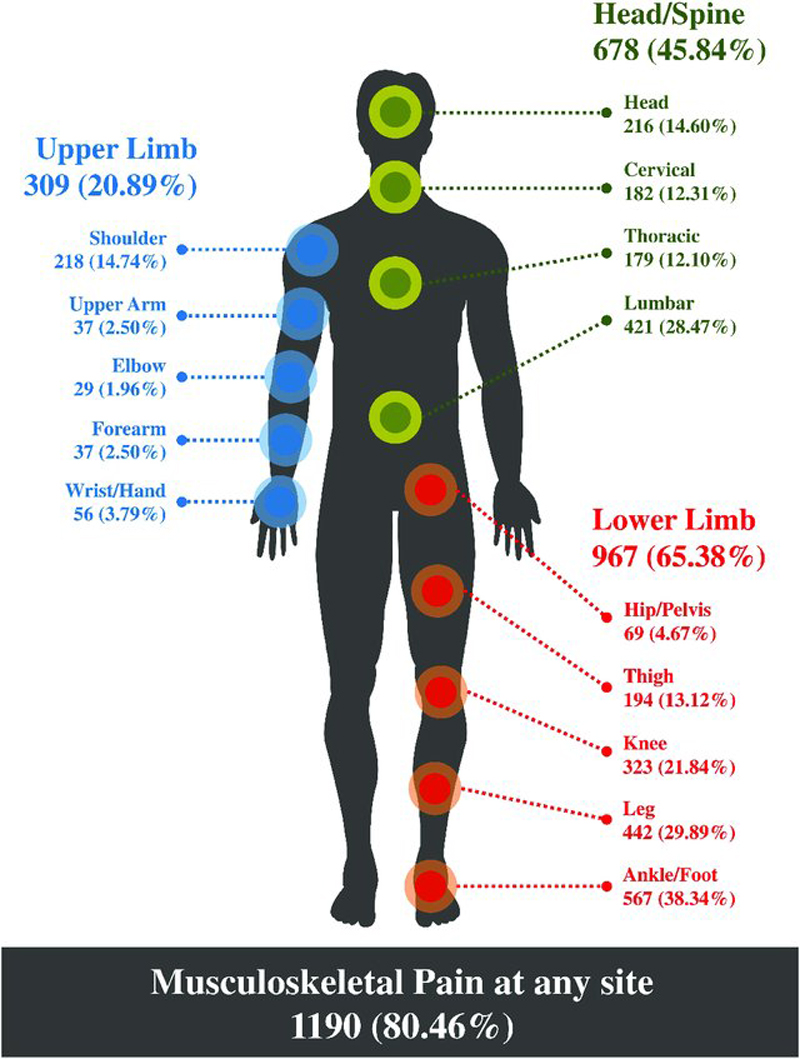Mild Traumatic Brain Injury After Motor Vehicle Collisions: What Are the Symptoms and Who Treats Them? A Population-Based 1-Year Inception Cohort Study
SOURCE: Arch Phys Med Rehab 2014 (Mar); 95 (3 Sup): S286–294
Jan Hartvigsen, PhD, Eleanor Boyle, PhD, J. David Cassidy, PhD, DrMedSc, Linda J. Carroll, PhD
Institute of Sports Science and Clinical Biomechanics,
University of Southern Denmark, Odense, Denmark;
Nordic Institute of Chiropractic and Clinical Biomechanics,
Odense, Denmark.
OBJECTIVE: To describe the 1-year course of symptoms following mild traumatic brain injury (MTBI) sustained in a motor vehicle collision as well as patterns of care-seeking.
DESIGN: One-year follow-up of a population-based inception cohort.
SETTING: The province of Saskatchewan, Canada, with a population of about 1,000,000 inhabitants.
PARTICIPANTS: Persons (N=1716) sustaining an MTBI during a car collision between November 1997 and December 1999.
INTERVENTIONS: Not applicable.
MAIN OUTCOME MEASURES: We report the prevalence of sleep disturbances, tiredness, dizziness, forgetfulness, vision problems, hearing problems, headache, neck pain, mid back pain, and low back pain at 6 weeks and 3, 6, 9, and 12 months postcollision. At the same time points, we report self-reported care-seeking from registered health care professionals.
There are more articles like this @ our:
The Whiplash Page and the:
RESULTS: A total of 1716 adults suffered MTBI after a motor vehicle collision over the 2-year inception period. Six weeks after the collision, 75% reported having more than 3 symptoms and 30% had clinically significant pain in more than 3 body sites. Over time, the prevalence of symptoms and pain decreased but they were still common after 1 year. Almost all participants sought care for their symptoms at all time points, most commonly from a physician. Care-seeking from physiotherapists, chiropractors, and massage therapists was also very common, and most participants sought care from 2 or 3 providers at all follow-up points.
CONCLUSIONS: Up to 1 year after sustaining an MTBI during a motor vehicle collision, multiple symptoms and pain in several anatomical sites are common. Care-seeking from multiple providers continues throughout the first year postinjury.
KEYWORDS: Brain concussion; Cohort studies; Health care seeking behaviour; Rehabilitation
From the FULL TEXT Article:
Background
While the true incidence of traumatic brain injury (TBI) and concussion is not known, it is estimated that as many as 600 of every 100,000 Americans are affected every year, [1] resulting in approximately 1.4 million visits to emergency departments yearly. [2] There is evidence that the incidence of TBI is increasing, especially during sports activities, possibly reflecting both true increase and increased reporting. [3, 4]
TBI severity is usually categorized into mild, moderate, or severe, most often on the basis of the Glasgow Coma Scale score, [5] with the most common being mild traumatic brain injury (MTBI), also commonly known as concussion. [2] Symptoms after MTBI vary but may include headache, blurred vision, confusion, dizziness, memory problems, fatigue, and sleep difficulties to varying degrees. [6] Imaging of the brain in persons having suffered an MTBI is usually normal. [7] Most patients with MTBI recover within the first year even though a significant minority continues to report symptoms. [8] The International Collaboration on MTBI Prognosis reviewed and critically appraised the literature relating to subjective symptoms after adult MTBI and found that although self-reported symptoms such as headache and fatigue are common even after 1 year, they are not specific to MTBI but are equally present in those with other nonhead injuries. [9] For instance, Lannsjo et al [10] reported that 44% of the persons presenting to an emergency department after MTBI still had 1 or more symptoms after 3 months, most commonly fatigue, headache, and dizziness. However, it is unclear what the source population was in this and other studies, and they did not collect data on a range of symptoms such as neck and back pain. [10]
SOURCE: Read the rest of this Full Text article now!





Leave A Comment